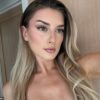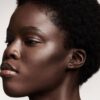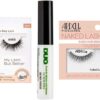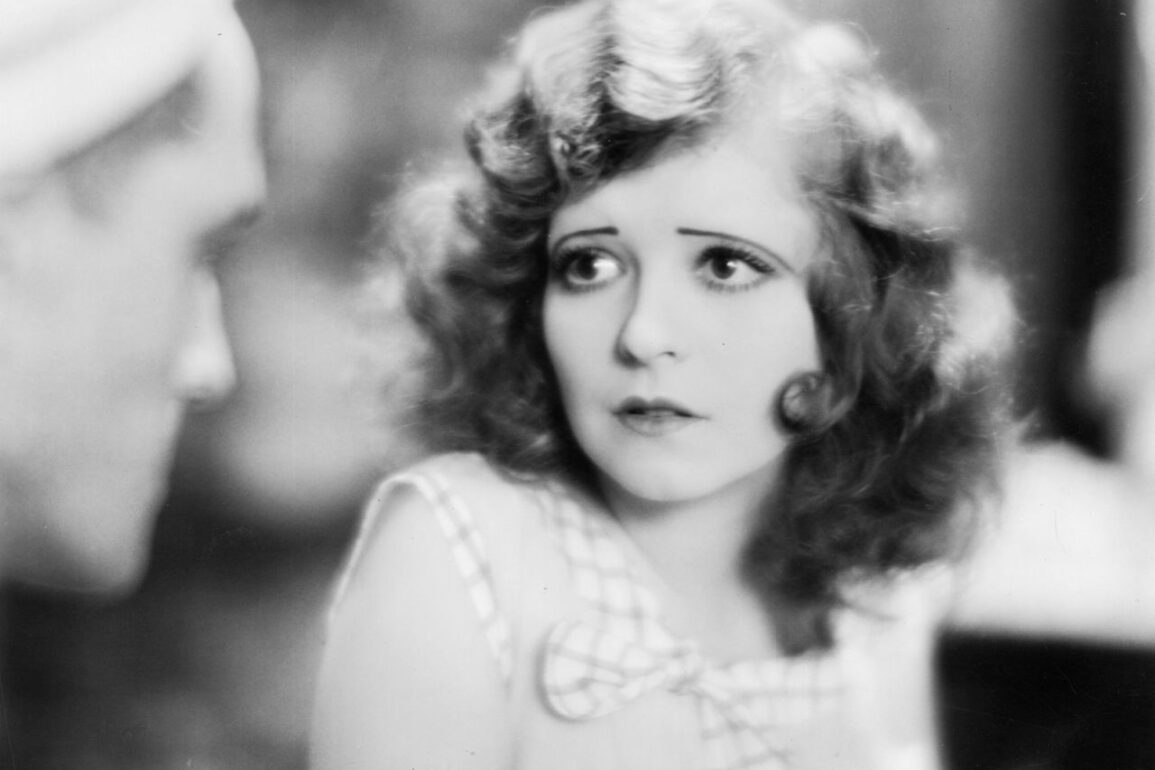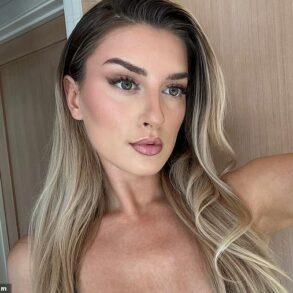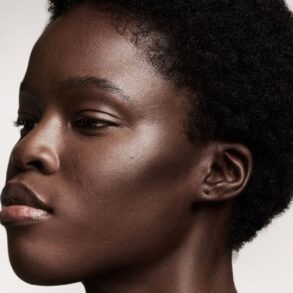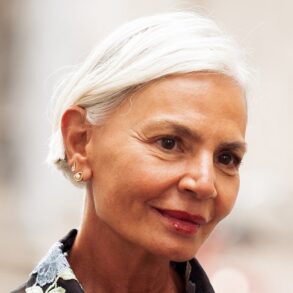CNN
—
Once, if you were talking about going to the salon for a trim, a restyle, color or shape, you’d have been talking about the hair on your scalp. But in 2023, it’s just as likely to be your eyebrows. That’s because brows are big business and growing — not just in terms of salon treatments, but also in products for home use.
The global market size for brow gel alone was valued at $264.9 million in 2021, and is predicted to be worth $431.7 million by 2031, according to Allied Market Research. In the past 12 months, 73% of US beauty-buying consumers surveyed by The Benchmarking Company say they’ve purchased both eyelash makeup products and tools and eyebrow products or tools — up from 66% in 2018.
It’s hard to pinpoint exactly what kicked off our contemporary obsession with these little strips of hair — was it Anastasia Soare launching her brow concept, Anastasia Beverly Hills, in the late 1990s, a time when brows as a category didn’t really exist? Or the early noughties when women of South Asian descent, such as Vanita Parti of Blink Brow Bar and Shavata Singh of Shavata, launched brow bars in the UK, bringing threading to the Western masses?

More recently, it can perhaps be traced back to 2015, when cult beauty brand Glossier launched Boy Brow, a one-swipe-and-you’re-done brow pomade that the world went wild for. In June this year, Glossier revamped the range, adding two new shades to the existing five; the company now claims that, globally, one Boy Brow is sold every minute.
In 2016, meanwhile, Benefit Cosmetics launched a 45-product brow collection. The brand has always had a brow focus — when their first boutique opened in San Francisco in 1976, it offered a shaping service — but the line’s success cemented its status as, according to Cision, the global brand most synonymous with eyebrows.
Shape and symbolism
Of course, brow styling isn’t new. And perhaps this is unsurprising, given the almost unique aesthetic opportunity they represent. In an email interview, Benefit’s senior director of brand engagement, Jared Bailey, told CNN that brows “bring balance and proportion to the face and eyes.”
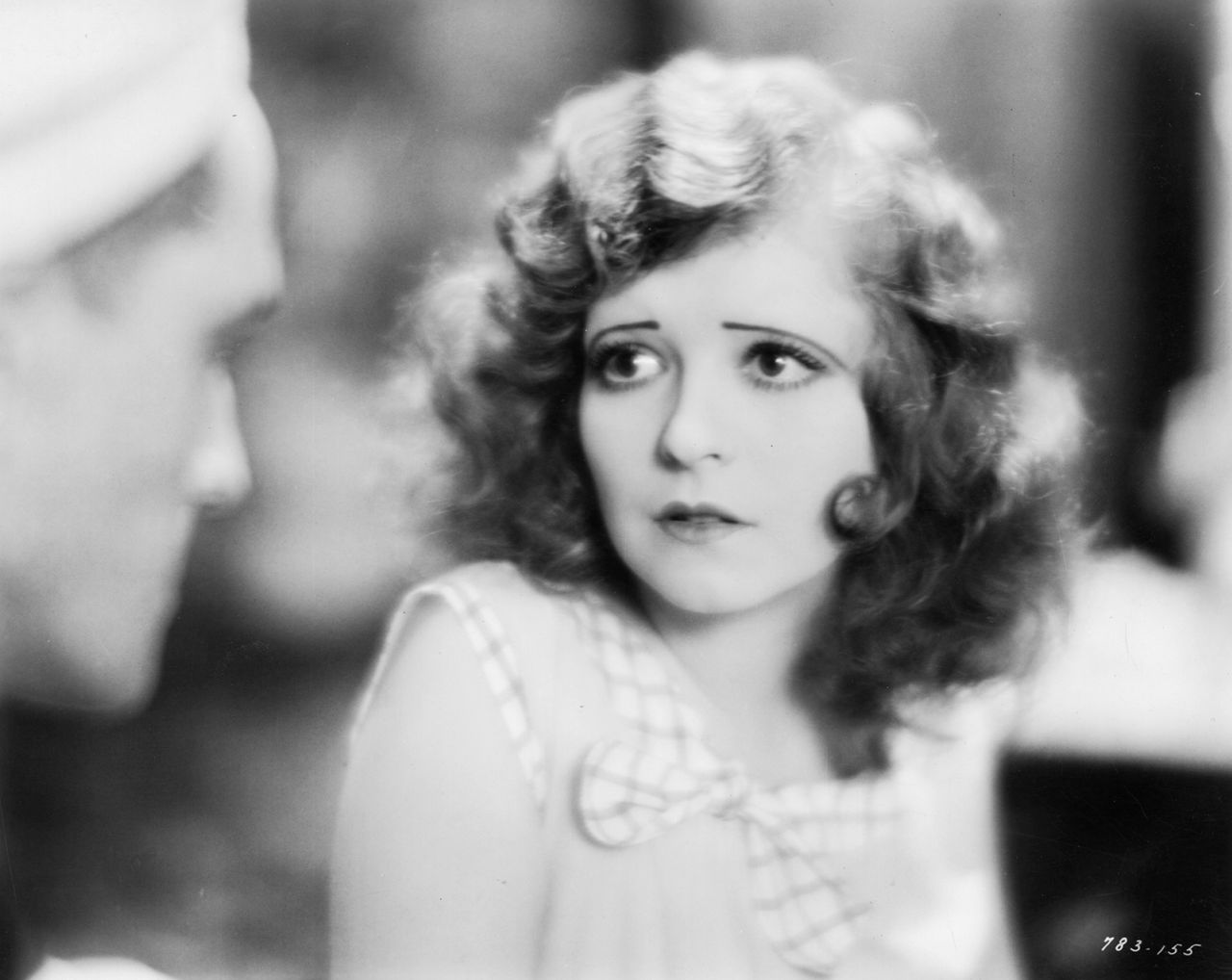



“For example, if you want the bridge of your nose to look thinner, bring your brows closer together. If you want your face to look a little more full or round, shorten the length of your brows,” Bailey explained. “Brows help break up the planes of the face and create many different illusions, similar to those created through contouring.”
Consider the Ancient Egyptians using black carbon paint to create thick, prominent brows that emulated the god Horus, the Renaissance-era trend for trimmed, arched eyebrows — hair was considered unfeminine, but geometrical shapes were revered — or the thin, straight brows of the 1920s inspired by actress Clara Bow.
Makeup artist Bobbi Brown recalls the more contemporary history of brows. “In the ’60s, the brow shape was still pretty skinny,” she explained in a phone interview. “But then the hippie generation of the 1970s saw a trend for them to be more natural.”
Brown cited Brooke Shields as an example of the “full-on brow” trend popular in the ’80s, “until you got to the Linda Evangelista, Francois Nars period,” referring to makeup artist Francois Nars, to whom the 1990s trend for skinny brows is widely attributed.
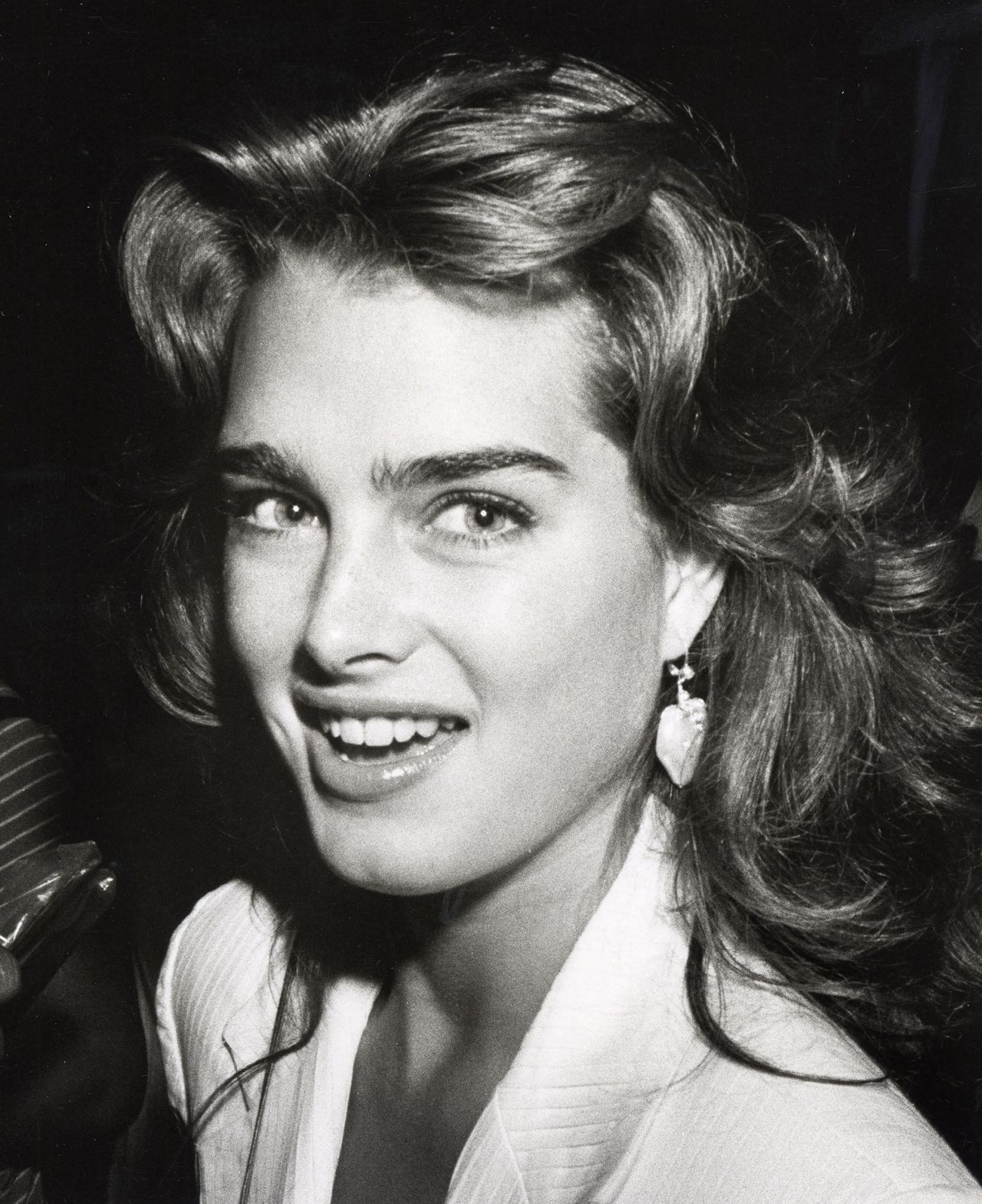



In a 1992 interview, Nars told The New York Times Magazine: “I started tweezing two or three years ago. The girls would arrive for the shootings, and they’d let their eyebrows grow so much, all you’d see was brow. So I tweezed. The eyes looked bigger. And the girls didn’t look like Werewolf Woman anymore.”
Brows can also reflect cultural preferences, as Vanita Parti, founder and CEO of Blink Brow Bar, which has salons in the UK and US, explained over email.
“The Middle Eastern customer focuses heavily on their brows and wants fullness but a sculpted and defined finish,” she said. “British and US customers prefer a more groomed but more discreet finish. Indian customers are very particular about preserving the dimensions of their brows, keeping to the science of brow mapping so that the architecture of the beginning, middle and end are followed religiously.”
A trend with staying power
“Eyebrows are fairly easy and painless to change,” said beauty historian Jill Burke. “They grow back and so offer an opportunity for experimentation.” So if it seems that we’re cycling through brow trends more quickly than ever before, it’s because we most likely are. In the last few years alone, we’ve had Kim Kardashian’s heavy geometric block brows, Cara Delevigne’s feathered brows and Lizzo’s bleached-out brows, among others.
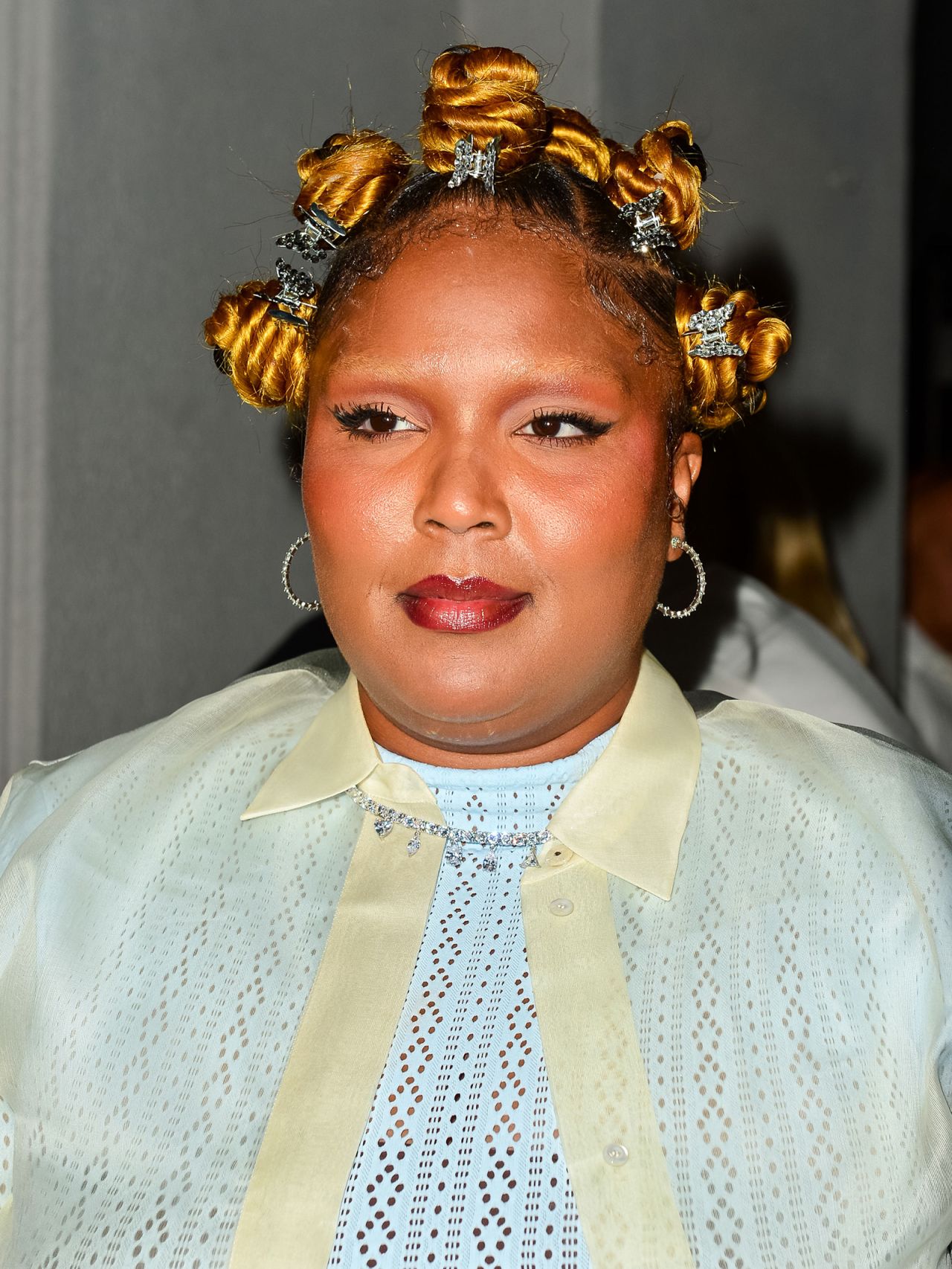



“Thanks to social media, we’re subjected to a far greater number of influences than in the past,” explained Burke, who is also a professor at the University of Edinburgh and author of “How to be a Renaissance Woman: The Untold History of Beauty and Female Creativity.” “And because of selfie culture, we see our face all the time in a way that our ancestors didn’t. Add in the ubiquity of tutorials and tools, and the pace of change is a lot quicker.”
And this brow obsession doesn’t look to be going anywhere.
Lisa Payne, head of beauty at trends intelligence agency Stylus, conceded in an email exchange that, currently, “eyebrow products account for a very small portion of the global color cosmetics market” — according to data provided by Euromonitor International, it’s less than 3%. (“Complexion products, lipsticks and eye colors” see the most focus, she noted.) However, “as more brands develop new and exciting products that take advantage of social media-driven trends, such as soap brows, or bleached brows,” she explained, “we predict this percentage will grow.”
This post was originally published on this site be sure to check out more of their content.

